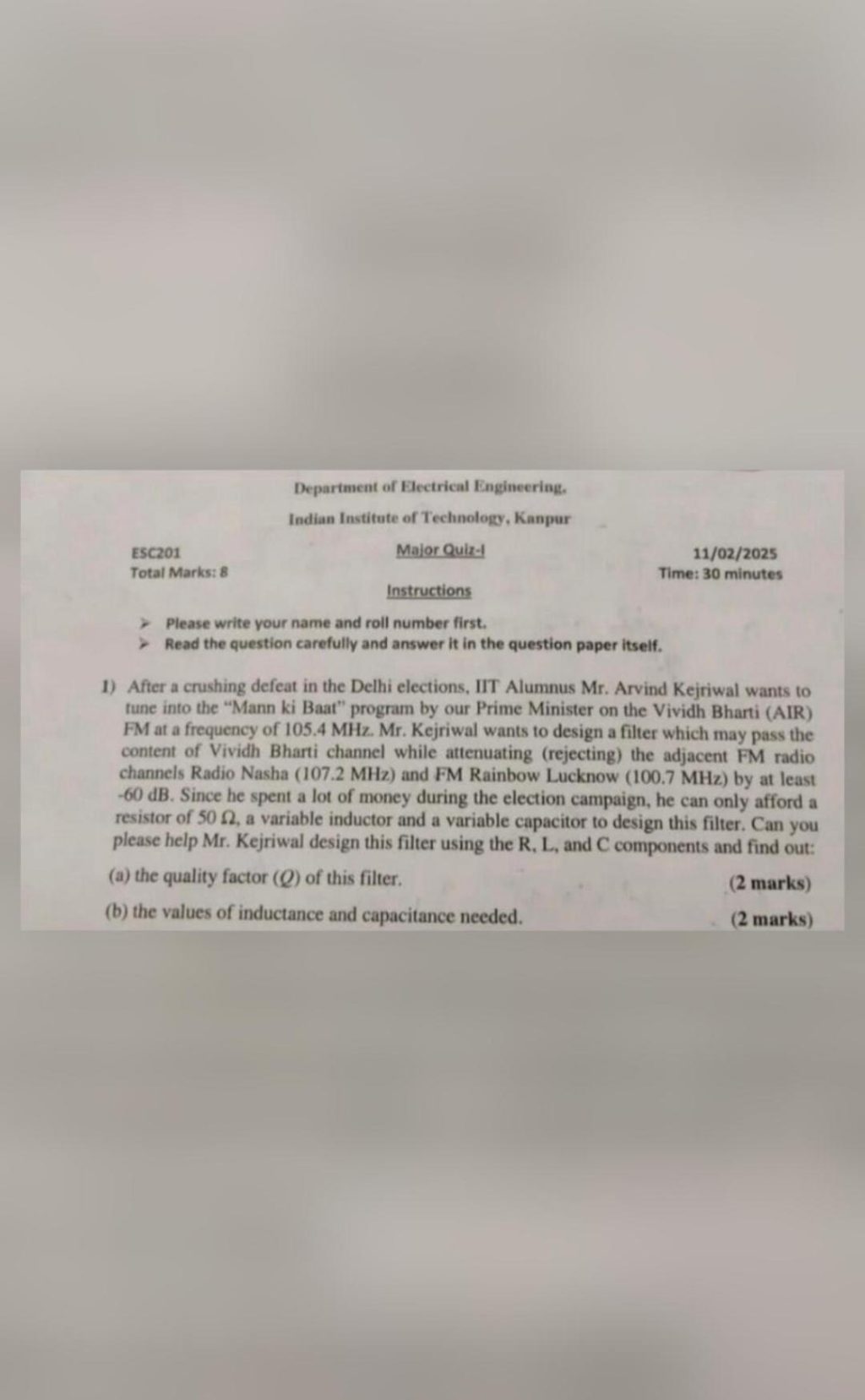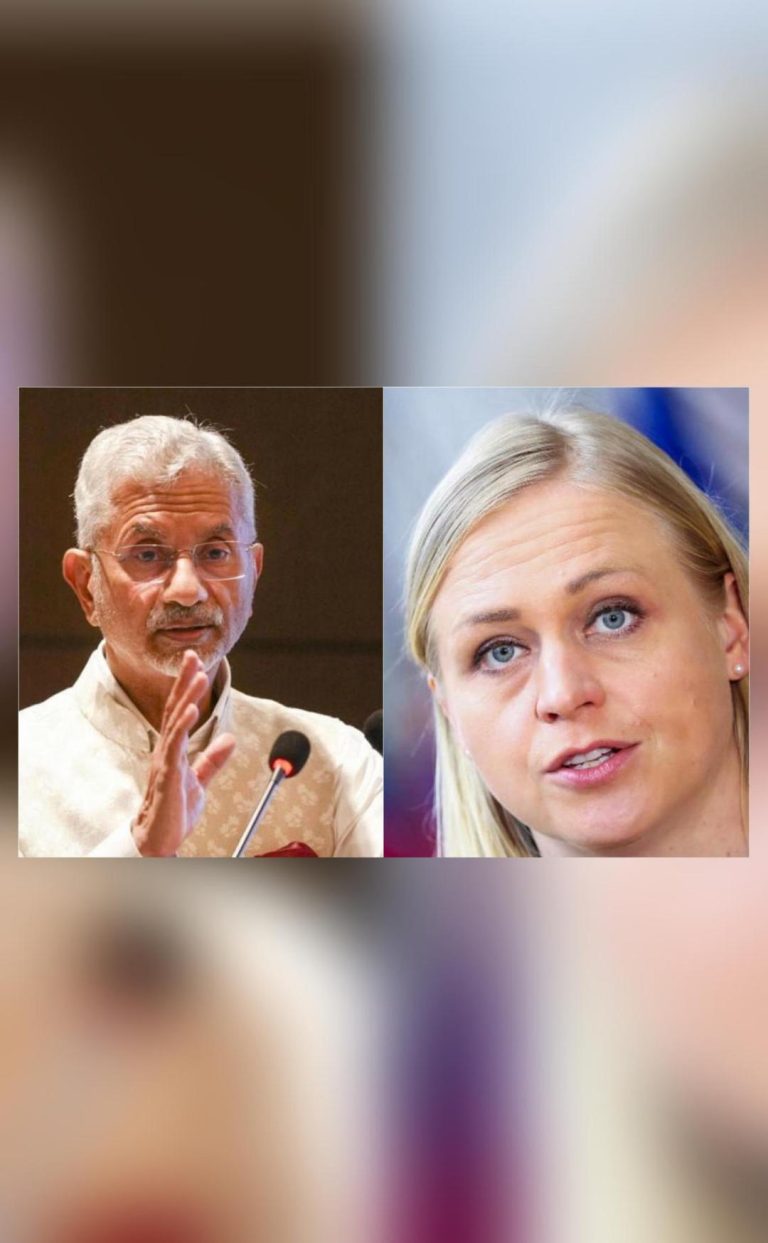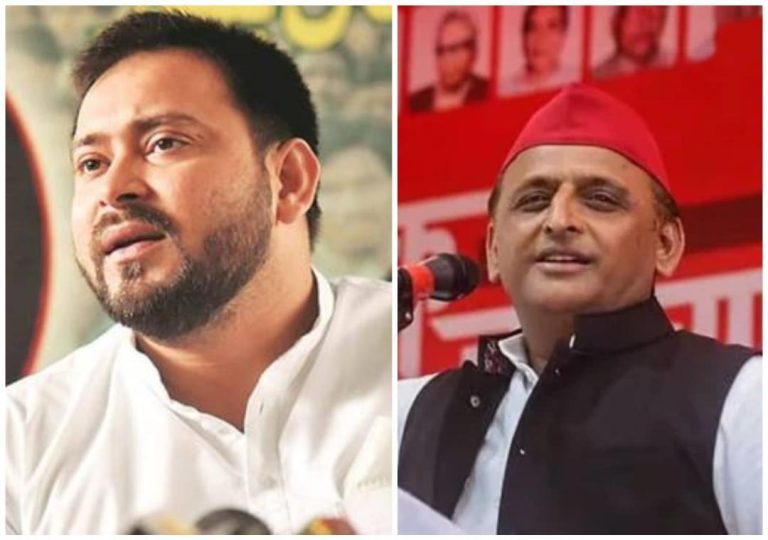
Wanted Exam to be More Engaging: IIT Kanpur on ‘Kejriwal & Mann Ki Baat’ Question
In an unusual move, the Indian Institute of Technology (IIT) Kanpur recently created a stir in the academic circle with a question paper that went viral on social media. The question, which asked students to design a filter for Arvind Kejriwal, the Chief Minister of Delhi, to help him listen to Prime Minister Narendra Modi’s ‘Mann Ki Baat’ after the Delhi poll loss, raised eyebrows among many. The news of the question paper’s existence sparked a heated debate, with many questioning the rationality behind the question. However, in a statement, IIT Kanpur confirmed that the question paper was indeed real and was designed to make the exam more engaging.
The question paper, which was part of a course on Digital Signal Processing, asked students to design a filter to help Kejriwal tune into ‘Mann Ki Baat’, which is a monthly radio address by PM Modi. The question was designed to test the students’ understanding of signal processing and filtering techniques. However, the reference to Kejriwal and the Delhi poll loss added a layer of complexity to the question, making it more engaging and thought-provoking.
In a statement, IIT Kanpur confirmed that the question paper was indeed real and was designed by a professor who likes to use references to well-known personalities to make exam questions more engaging. The professor, who was named in the report, is known for his creative approach to designing exam questions. By incorporating references to current events and popular culture, he aims to make the exam more enjoyable and challenging for the students.
The statement from IIT Kanpur has sparked a debate on the effectiveness of using real-life references in exam questions. While some argue that it is a clever way to make the exam more engaging and relevant to the students’ lives, others believe that it is a distraction from the actual subject matter being tested.
One of the main concerns is that the question paper may have been designed to test the students’ knowledge of signal processing techniques, but the reference to Kejriwal and the Delhi poll loss may have made it more difficult for students to focus on the actual question. This could have led to students being distracted from the main topic and losing focus on the exam.
On the other hand, proponents of using real-life references in exam questions argue that it can make the exam more enjoyable and engaging for the students. By incorporating references to current events and popular culture, the professor aimed to make the exam more relevant and interesting to the students. This approach can also help to break the monotony of traditional exam questions and make the exam more enjoyable for the students.
The use of real-life references in exam questions is not a new phenomenon. Many educational institutions around the world have been using this approach to make their exams more engaging and challenging. However, the question paper from IIT Kanpur has sparked a debate on the effectiveness of this approach and whether it is suitable for all subjects and students.
In conclusion, the question paper from IIT Kanpur has sparked a debate on the effectiveness of using real-life references in exam questions. While some argue that it is a clever way to make the exam more engaging and relevant to the students’ lives, others believe that it is a distraction from the actual subject matter being tested. The use of real-life references in exam questions can be a double-edged sword, and it is essential to weigh the pros and cons before incorporating it into an exam.






